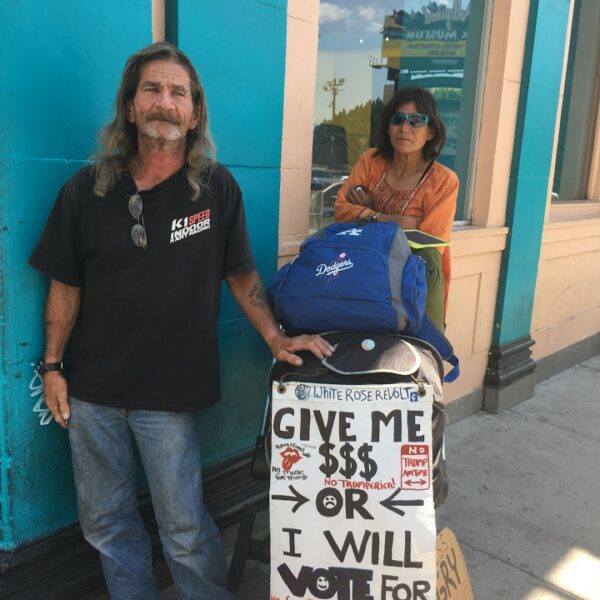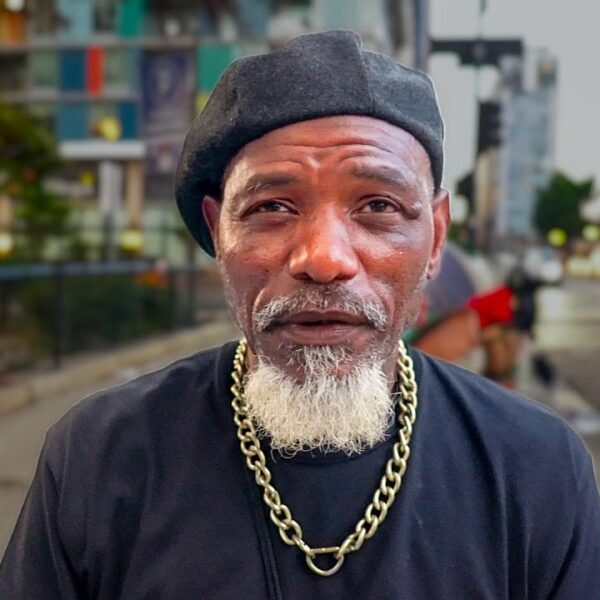The median age of a homeless person in the United States of America is 9. We should keep that in mind as we dig deeper into this pandemic and almost certainly plow headfirst into a spiraling storm of evictions.
Learning Starts at Home. What happens if you don’t have one?
Pre-pandemic statistics showed an astonishing 1.5 million school-aged children enduring the horrors of homelessness. A few short months ago, that struggle was wrought with obstacles that led to sweltering numbers of homeless children falling through the cracks of the education system via one or more of the following circumstances:
- Lower standardized test scores
- Frequently transferring schools
- Attending schools in impoverished areas
- Multiple absences
- Inability to complete homework and assignments due to circumstances beyond their control
Ultimately, these challenges created an uneven structure of education. Homeless students were already 87% more likely to drop out of school altogether when compared to housed students.
As dismal as the data seemed back in the 2019 schoolyear, the conditions of today are much more drastic indeed. First, we must bear in mind that for some homeless students, physically attending school was one of the few things that brought a sense of normalcy to an otherwise chaotic routine. For children who live in shelters, many of those shelters are only open at night. This leaves homeless youth with hours of wandering and no safe space to spend their time.
Filling those hours in a classroom provided the essentials that other housed students might have taken for granted – things like warm hallways, hot lunches, opportunities to socialize and simply exist without being criminalized. All of this was, of course, in addition to new opportunities to learn and grow.
Fast Forward to the 2020 School Year and a Virtual Cornucopia of New Obstacles Has Opened Up for Homeless Students. This Includes Adding Millions More Unhoused Children to the Roster then Taking All or Most of the Classrooms Online.
The end result could devastate an entire generation of young minds.
With moratoriums lifted in many locations and case after case of landlords altogether ignoring the rules in the first place, the annual number of homeless students is likely to already be much higher than it was back in 2019. Homeschooling is a learning process for everyone and uncertainty plays in the minds of many parents, housed or otherwise. However, the unexpected challenges of homeschooling for children who are homeless could adversely affect their futures (and yours) for decades.
The following conditions place major barriers before their education:
- Lack of privacy
- No address for teachers to send supplies or school packets
- Newly homeless students might not be immediately identified amid the chaos
- No computer
- No Wi-Fi or frequent connectivity issues
- Less communication between teacher and child
- More adult responsibilities cutting into school time
- Lack of space leading to distractions
- The possibility of losing all or most schoolwork to sweeps
Prior to the international shutdown, students enduring homelessness were already much less likely to graduate from high school on time or at all. Much of this was due to matters completely beyond their control. But with homeschooling becoming the only option for many families, experts predict high school dropout rates escalating dramatically in marginalized communities where resources are scarce. Homeless students residing in cities are even more at risk of missing class talks and assignments as areas with more people will inevitably have lower WiFi quality.
The above-listed conditions exemplify how much easier it could become for homeless children to fall far behind their housed counterparts in academia. This is particularly burdensome since they will not likely graduate from high school with a financial safety net equivalent to that of their peers. But they will almost certainly be thrust into the same struggling economy. This unique situation raises several questions.
Are Evicted Children Learning the Same Things at the Same Pace as Housed Students?
While the answer here is probably not, the Portland school system admits that finding answers to questions like this is nearly impossible in a COVID-19 laden landscape. In fact, the Portland school system is still attempting to identify which students are newly homeless or at risk of becoming homeless during the 2020-2021 school year.
What is clear is that many homeless students have already dropped out by default. Some older high school students, emancipated and already raising themselves, are not permitted unemployment due to school status. In cases like this, dropping out is incentivized by the prospect of receiving an unemployment check that might even keep a roof over their heads.
To that end, education is, yet again, taking a back burner to even greater struggles within the young homeless and rent-burdened populations.
Be it the need to look after younger siblings while parents scramble to find and keep jobs in a dying economy where childcare is practically nonexistent, or the inability to maintain a connection to the internet and therefore severing ties between fellow students and their educators due to technical difficulties, dropping out of high school is seen as the only option for many current-time homeless students.
Hence, it appears that education, which has for at least the last century been seen as essential for all children of grade school age, is slowly but surely reverting back to becoming a privilege only well-to-do children can access.
The Relationship between the Technology Gap and the Wealth Gap isn’t New. It’s Just Magnified in Times of Crisis
We live in a fast-paced world; a world where you can rearrange your furniture using a drag and drop computer program and print the whole plan out in a matter of minutes. This is a place where architects have figured out how to construct a 3D printed house in 24 hours. At a speed of 698 miles per hour, adventurous flyers can glide over the entire world in under 36 hours. With a rocket ship and a long weekend free, you can fly to the moon in about three days.
Yes, in a world like this, we tend to equate speed with things like power, intelligence, ambition, and ultimately, success. This is why slowing down learning for children within the homeless population is so incredibly dangerous. Only real estate agents place such massive emphasis on location. For the rest of us, our top priority is speed.
Now, amid national shutdowns, it becomes clear that the wealth gap is being fueled, not just by technology, but also, and importantly, by timing. Think about it… When a new tech item first hits the market, it’s always too expensive for an average or lower-income earning family to afford. This gives wealthy people a head start in learning what’s new and what’s next. Henceforth, by the time other families are able to acquire the latest tech, they are already behind.
Now that same dilemma is finding its way into the public education system.
While housed children are plugging up laptops and starting their homework packets in August, in their own bedrooms connected to high-speed wireless plans, many homeless children are still waiting for their laptops to arrive or for their slow-paced computer systems to download vital lesson plans. Some of them have teachers who don’t even know they are homeless yet. This is the opposite of the head start they so desperately need. But information is on delay in the era of distance and that distance is social in more ways than one.
It’s Time We Rethink the Public and Private Education System as a Whole
Here in a world touched by tragedy and illness, a great debate regarding school safety is already underway. We are going over online lesson plans and carefully reviewing socially distanced classroom blueprints. We are trying to decide which masks are most appropriate, which semesters students should return to their physical school buildings, and if they should return at all. Throughout the process, as we look back at the state of inequality in our nation and its schools, it’s clear that more than just the desks need rearranging.
While we’re on this heralded subject of schools and safety, we should also consider the safety of our homeless students. What new guidelines could we implement to make their learning environment safe? What blueprints could we create for a new America where everyone has a safe space to study, learn and grow?
Affordable housing cannot afford to take any more hits amid this international health crisis. Talk to your representatives about addressing the needs of homeless students and creating affordable housing for families.













